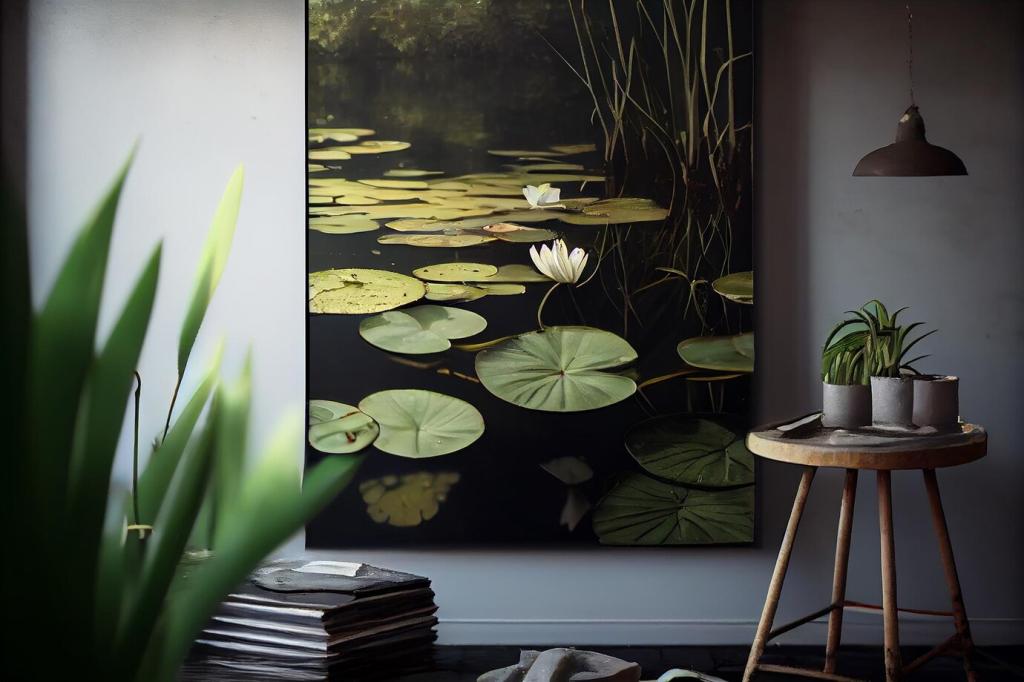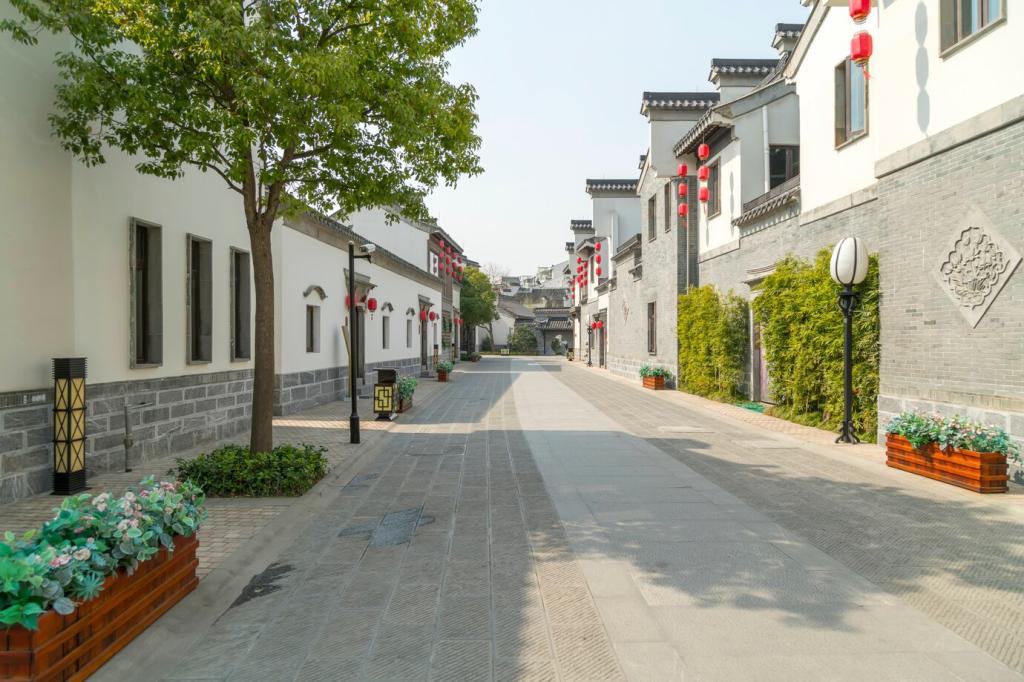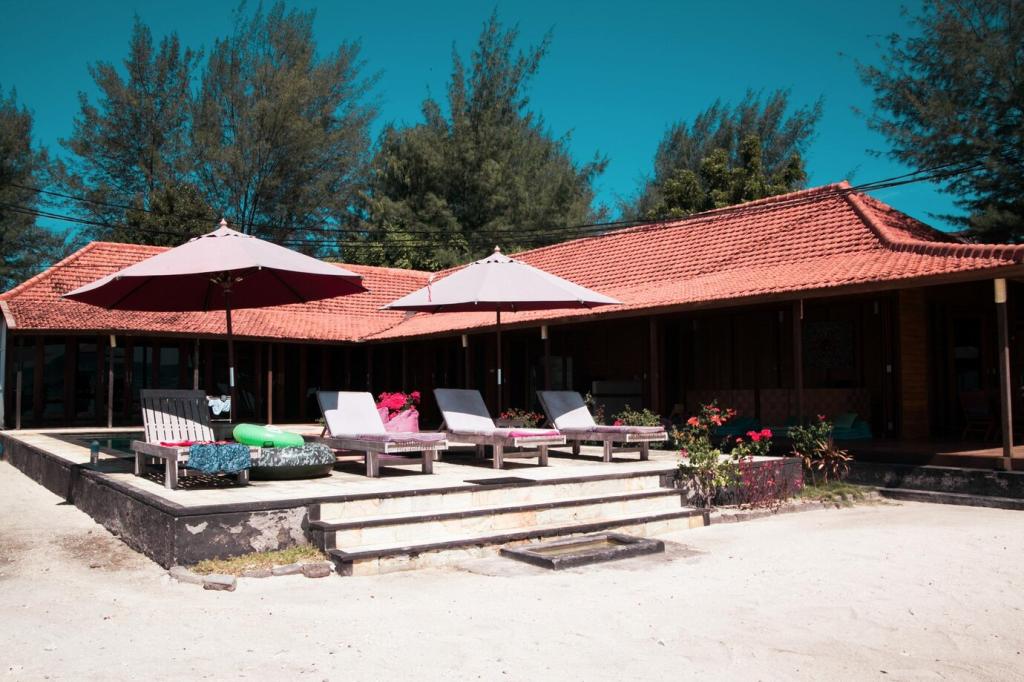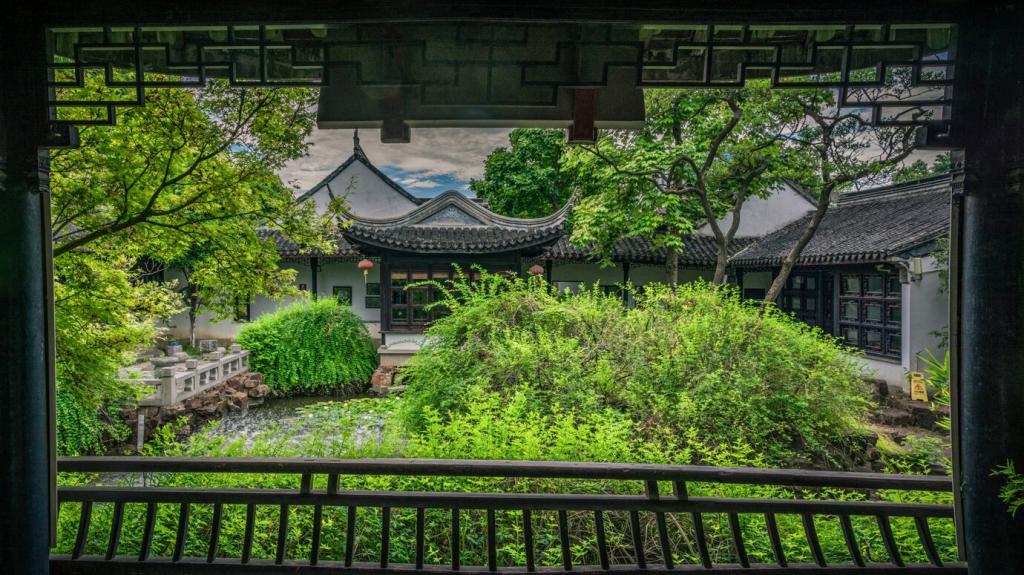Choosing the Right LED and Fixture
Color temperature shapes mood. Warm 2700–3000K feels cozy in living rooms and bedrooms, 3500–4000K suits kitchens and studies, and 5000K enhances focused tasks or daylight-heavy spaces. The right match reduces eye strain and boosts satisfaction, letting you use fewer fixtures confidently. Tell us where you struggle with color choice, and we’ll recommend options.
Choosing the Right LED and Fixture
High-CRI LEDs (90+) reveal true colors in kitchens, studios, and wardrobes, making ingredients, fabrics, and skin tones look natural. Pay attention to deep-red rendering (R9) for richer, healthier appearance of food and faces. Great color quality helps you keep illumination levels reasonable, preventing wasteful over-brightness. Curious about CRI labels? Ask below—we love decoding specs.







